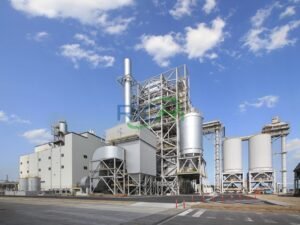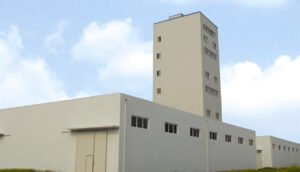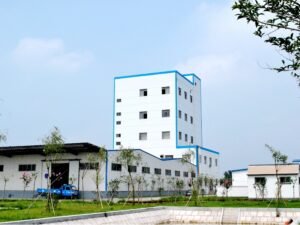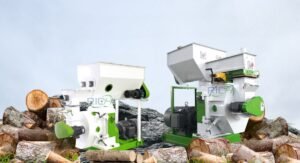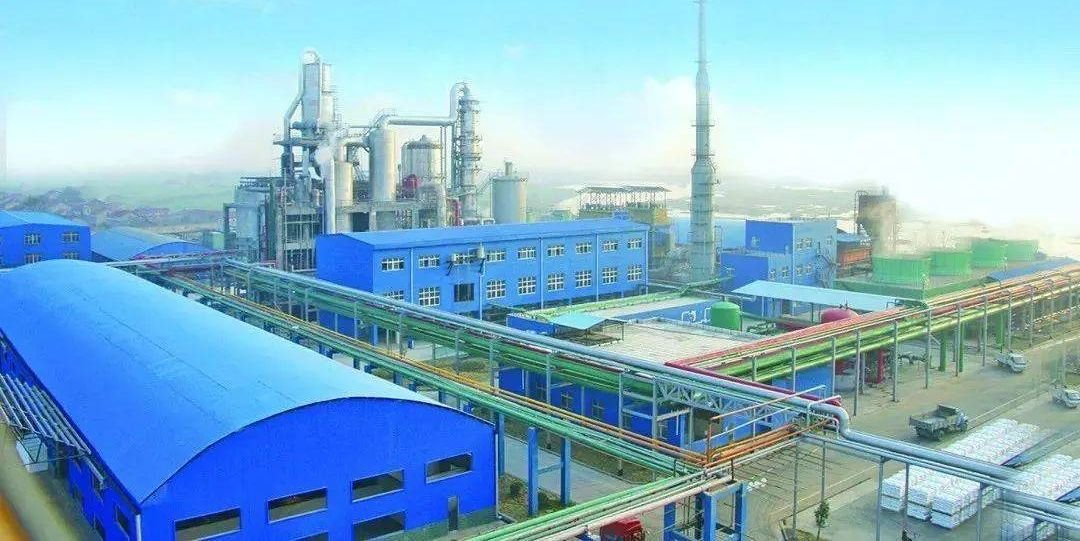
The global shift toward sustainable agriculture has significantly boosted the demand for organic fertilizers. However, the production of these fertilizers is energy-intensive and can lead to considerable environmental impacts. Countries with strict environmental regulations have enacted rigorous measures to ensure that organic fertilizer production lines are both energy-efficient and environmentally sustainable. This article examines how such regulations influence energy efficiency in organic fertilizer production across various nations.
Key Environmental Challenges in Organic Fertilizer Production
Greenhouse Gas Emissions
The manufacturing of organic fertilizers can emit greenhouse gases (GHGs) like methane (CH₄) and nitrous oxide (N₂O). Reducing these emissions is essential to achieving climate targets.
Energy Consumption
Processes such as composting, drying, and granulation involved in organic fertilizer production require significant energy. Optimizing energy usage is crucial for lowering the overall carbon footprint. (Related post: organic fertilizer plant cost)
Waste Management
Proper management and processing of organic waste materials are vital to prevent environmental contamination.
Water Usage
Efficient use of water and effective wastewater treatment are necessary to minimize environmental impact.
Countries with Rigorous Environmental Regulations
Several countries are recognized for their stringent environmental protection laws, which profoundly affect the energy efficiency of organic fertilizer production lines:
- Germany
- Sweden
- Netherlands
- Denmark
- United States (particularly California)
- Canada
- Japan
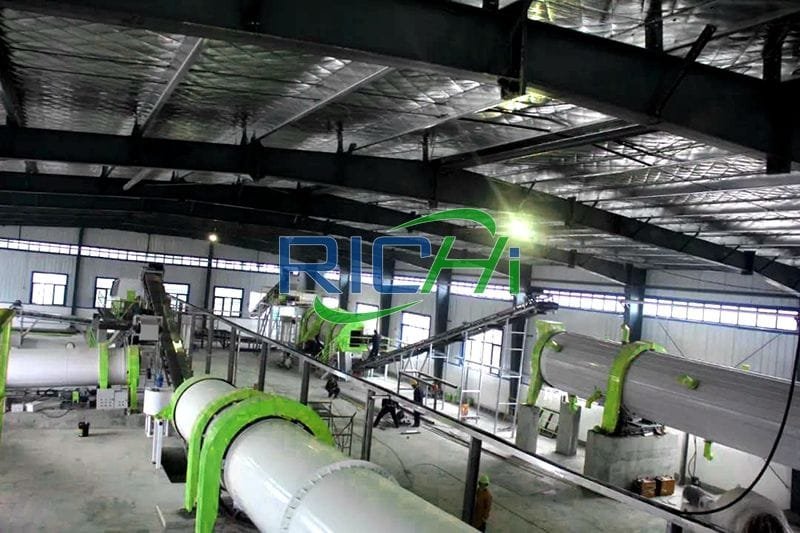
How Stringent Regulations Enhance Energy Efficiency
Adoption of Advanced Technologies
Nations with strict environmental standards often require the use of advanced technologies to improve energy efficiency:
- Aerobic Composting Systems: These systems optimize the composting process, minimizing methane emissions and energy use. For example, in Germany, facilities employ aerobic composting systems with forced aeration and temperature control for efficient decomposition and low GHG emissions.
- Energy-Efficient Dryers: Innovative drying technologies, like belt dryers equipped with heat recovery systems, help reduce energy consumption during the drying phase. In Sweden, these energy-efficient belt dryers are standard in organic fertilizer production.
- Granulation Technologies: Modern granulation equipment featuring variable frequency drives (VFDs) and optimized mixing mechanisms can significantly decrease energy consumption. The Netherlands uses granulation technologies with VFDs to enhance energy efficiency in the pelletizing process. (Related post: biofertilizer project cost)
Integration of Renewable Energy Sources
To comply with strict environmental regulations, many countries promote the incorporation of renewable energy sources into organic fertilizer production:
- Biogas Utilization: Biogas generated from the anaerobic digestion of organic waste can power production processes. In Denmark, biogas plants are often integrated with organic fertilizer production facilities, supplying a renewable energy source for drying and granulation.
- Solar Energy: Solar panels can provide electricity for various production processes. In California, the use of solar energy in organic fertilizer production lines is increasing, reducing dependence on fossil fuels.
Energy Recovery and Recycling
Countries with high environmental standards prioritize energy recovery and recycling to boost energy efficiency:
- Heat Recovery Systems: The implementation of heat exchangers to recover and reuse heat from exhaust gases can greatly reduce energy usage. In Canada, heat recovery systems are commonly applied in drying processes to capture and recycle waste heat.
- Waste-to-Energy Technologies: Converting organic waste into energy via anaerobic digestion or gasification can serve as a sustainable energy source for production. Japan has made significant investments in waste-to-energy technologies to convert organic waste into biogas for powering fertilizer production lines.
Automated Control Systems
The use of automated control systems is vital for optimizing energy consumption and ensuring compliance with environmental regulations:
- SCADA Systems: Supervisory Control and Data Acquisition (SCADA) systems monitor and control production processes in real-time, optimizing energy use and minimizing waste. In the United States, SCADA systems are widely utilized in organic fertilizer production facilities to ensure efficient operations and adherence to environmental standards.
- IoT and AI Technologies: The Internet of Things (IoT) and Artificial Intelligence (AI) can monitor energy consumption and optimize production processes. In the Netherlands, IoT and AI technologies are employed to enhance energy efficiency in organic fertilizer production lines.
Regulatory Incentives and Support
Governments in countries with strict environmental regulations often offer incentives and support to promote energy-efficient practices:
- Subsidies and Grants: Financial incentives are available for adopting energy-efficient technologies and renewable energy sources. In Sweden, government subsidies are provided to companies that invest in energy-efficient equipment and renewable energy integration.
- Tax Credits: Tax incentives are offered for implementing energy-saving measures and reducing GHG emissions. In Germany, businesses that invest in energy-efficient technologies and practices can receive tax credits.
- Technical Assistance: Government agencies and industry associations offer technical support and guidance for implementing energy-efficient practices. In Canada, the government provides technical assistance programs to help companies optimize energy use in organic fertilizer production.
Case Study: Organic Fertilizer Production in Germany
Germany, known for its stringent environmental regulations, exemplifies how these requirements enhance energy efficiency in organic fertilizer production:
- Advanced Composting Technologies: German facilities utilize aerobic composting systems with forced aeration and temperature control to optimize the composting process and reduce methane emissions.
- Heat Recovery Systems: Heat exchangers capture and recycle waste heat from drying processes, significantly lowering energy consumption.
- Renewable Energy Integration: Many facilities integrate biogas and solar energy to power production processes, further enhancing energy efficiency.
- Automated Control Systems: SCADA systems monitor and control production processes in real-time, ensuring optimal energy use and compliance with environmental standards.
- Government Support: The German government provides subsidies, tax credits, and technical assistance to encourage the adoption of energy-efficient technologies and practices.
Conclusion
Countries with strict environmental protection requirements have developed comprehensive strategies to enhance energy efficiency in organic fertilizer production lines. These strategies incorporate advanced technologies, renewable energy integration, energy recovery and recycling, automated control systems, and regulatory incentives.
By implementing these measures, these countries not only safeguard the environment and public health but also foster innovation in energy-efficient technologies. As global demand for organic fertilizers continues to rise, the practices established by these environmentally conscious nations serve as critical benchmarks for the industry worldwide, promoting a more sustainable and environmentally responsible approach to organic fertilizer production.
For details please contact: Richi manufacture
WhatsApp:86 138 3838 9622
Email:enquiry@richipelletmachine.com



